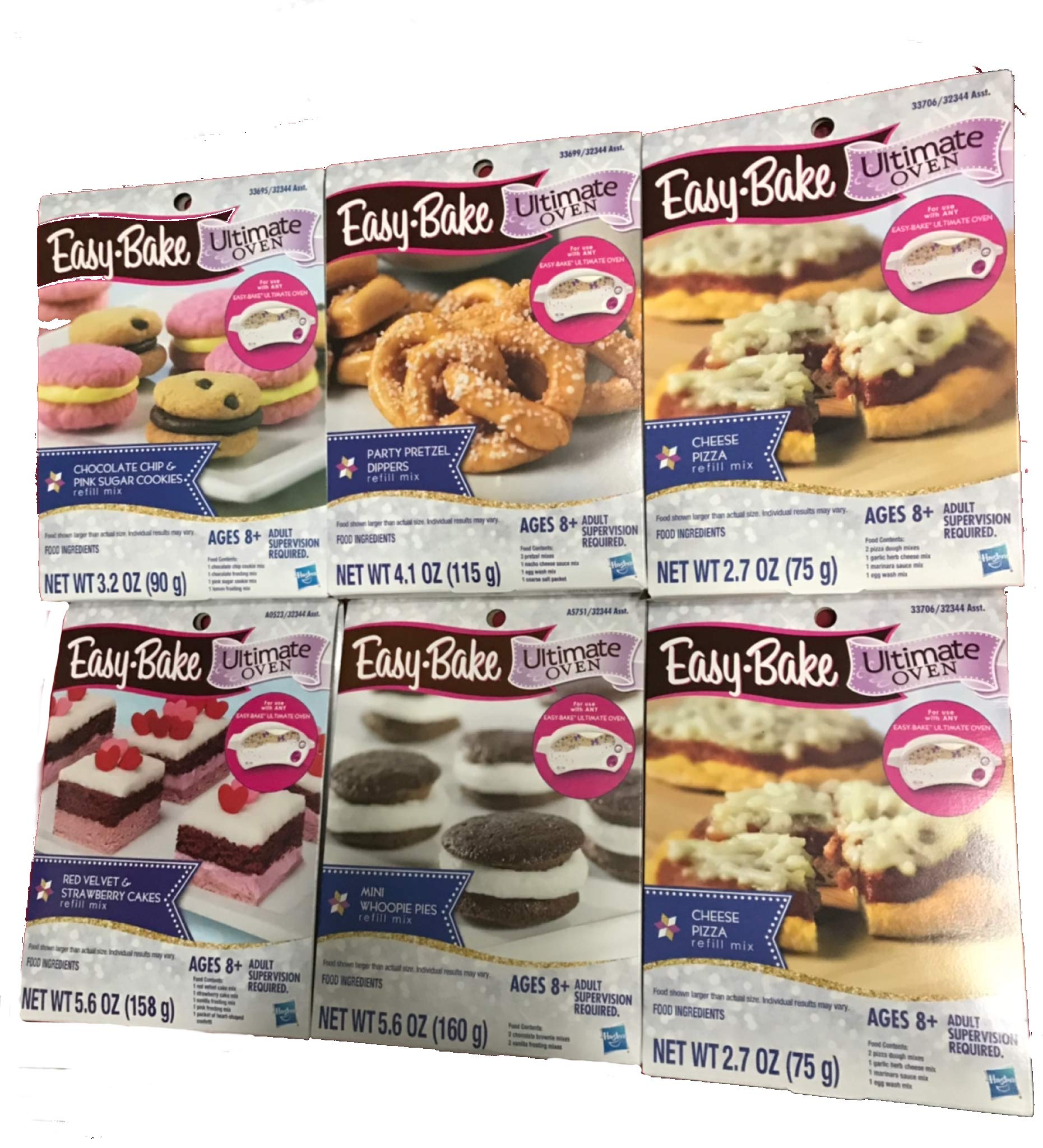How Can Parents Ensure Their Child’s Safety When Using an Easy-Bake Oven?
Parents play a crucial role in ensuring their child’s safety when using an Easy-Bake Oven. While these miniature ovens are designed with safety in mind, parental guidance and supervision are essential to prevent accidents and promote responsible cooking habits.
Read and Follow Instructions: Parents should start by reading the Easy-Bake Oven’s instruction manual thoroughly. Understanding how the oven works, its components, and safety guidelines is the first step in ensuring safe usage.
Age-Appropriate Supervision: It’s important to consider the child’s age and maturity level when allowing them to use the oven. Younger children may require constant supervision, while older ones may be able to use it with periodic check-ins.
Teach Safe Handling: Parents should teach their children how to safely handle the Easy-Bake Oven, including how to load and unload the baking pans, insert and remove food, and adjust the temperature.
Use Appropriate Surfaces: Ensure that the Easy-Bake Oven is placed on a stable, heat-resistant surface, away from flammable materials like curtains or paper. Never place it directly on a wooden table or other combustible surfaces.
Monitor Temperature: Parents should assist in preheating the oven to the correct temperature and ensure that the child understands the potential hazards of a hot oven.
No Unattended Use: Children should never use the Easy-Bake Oven when adults are not present. Parents should always be nearby to provide immediate assistance if needed.
What Safety Features do Easy-Bake Ovens Have, and are They Effective?
Easy-Bake Ovens are designed with several safety features to minimize the risk of accidents and burns. These features are essential components of the product’s overall design, aimed at providing a safe cooking experience for children. While no product can eliminate all potential hazards, these safety features are effective when used correctly:
Temperature Control: Easy-Bake Ovens are designed to reach a maximum temperature that is safe for children to handle. The use of a 100-watt light bulb as the heating element ensures that the oven remains relatively cool to the touch.
Baking Pan Latch: The oven’s baking pan is secured in place with a latch to prevent accidental spills or burns when removing the food.
Front-Loading Design: The front-loading design of modern Easy-Bake Ovens ensures that children don’t have direct access to the heated area, reducing the risk of burns.
Cooling Time: Easy-Bake Oven recipes often include a recommended cooling time for baked goods, promoting safe handling.
Safety Warnings: The product includes clear and prominent safety warnings in the instruction manual and on the packaging, advising children to seek adult assistance and supervision.
Use of Bulbs: The use of a light bulb as the heat source is a safety feature in itself, as it produces heat without an open flame or exposed heating elements.
While these safety features are effective when used as intended, parental supervision and guidance are crucial to ensuring that children understand and follow safety protocols.
Are There Safety Regulations in Place for Easy-Bake Ovens?
Yes, there are safety regulations in place to govern the manufacturing and sale of Easy-Bake Ovens and similar toys. These regulations aim to ensure that the products meet specific safety standards and do not pose undue risks to children.
In the United States, the Consumer Product Safety Commission (CPSC) oversees the safety of toys, including Easy-Bake Ovens. The CPSC sets regulations related to materials used in the construction of toys, potential choking hazards, sharp edges, and other safety aspects. Manufacturers are required to comply with these regulations and conduct safety testing to ensure their products meet the specified standards.
Additionally, Easy-Bake Ovens are subject to specific safety standards outlined by the American Society for Testing and Materials (ASTM). These standards address various aspects of toy safety, including heat resistance, electrical components, and labeling requirements.
Before releasing Easy-Bake Ovens to the market, manufacturers must ensure that their products adhere to these safety regulations and pass rigorous testing procedures. Non-compliance can result in recalls and penalties.
Parents can check for safety certifications on the packaging of Easy-Bake Ovens, such as the “ASTM Certified” label, to verify that the product meets the established safety standards.
How Can Easy-Bake Ovens be Used to Teach Kids About Kitchen Safety?
Easy-Bake Ovens present a valuable opportunity for teaching children about kitchen safety. By incorporating educational elements into the cooking experience, parents can impart essential life skills that extend beyond the realm of Easy-Bake Ovens:
Safe Handling of Utensils: Teach kids to handle utensils, baking pans, and accessories safely. Emphasize using oven mitts or potholders to protect against burns when handling hot items.
Temperature Awareness: Explain the concept of temperature and how the Easy-Bake Oven works. Teach children about the potential dangers of hot surfaces and the importance of letting baked goods cool before touching or tasting them.
Cleanliness: Instill good hygiene and cleanliness habits by encouraging kids to wash their hands before and after handling food. Emphasize the importance of cleaning up the cooking area once they’re done.
Fire Safety: Discuss fire safety principles, such as keeping flammable materials away from the oven and understanding how to use a fire extinguisher or fire blanket in case of emergencies (though unlikely with Easy-Bake Ovens).
Following Instructions: Reinforce the importance of reading and following recipe instructions carefully. Explain that following directions is not only essential for achieving the desired results but also for safety.
Supervision: Stress the necessity of adult supervision when using the Easy-Bake Oven and the importance of seeking help if something goes wrong.
Emergency Procedures: Discuss what to do in case of minor accidents, such as burns or cuts. Teach kids how to properly care for minor injuries and when to seek help from an adult.










